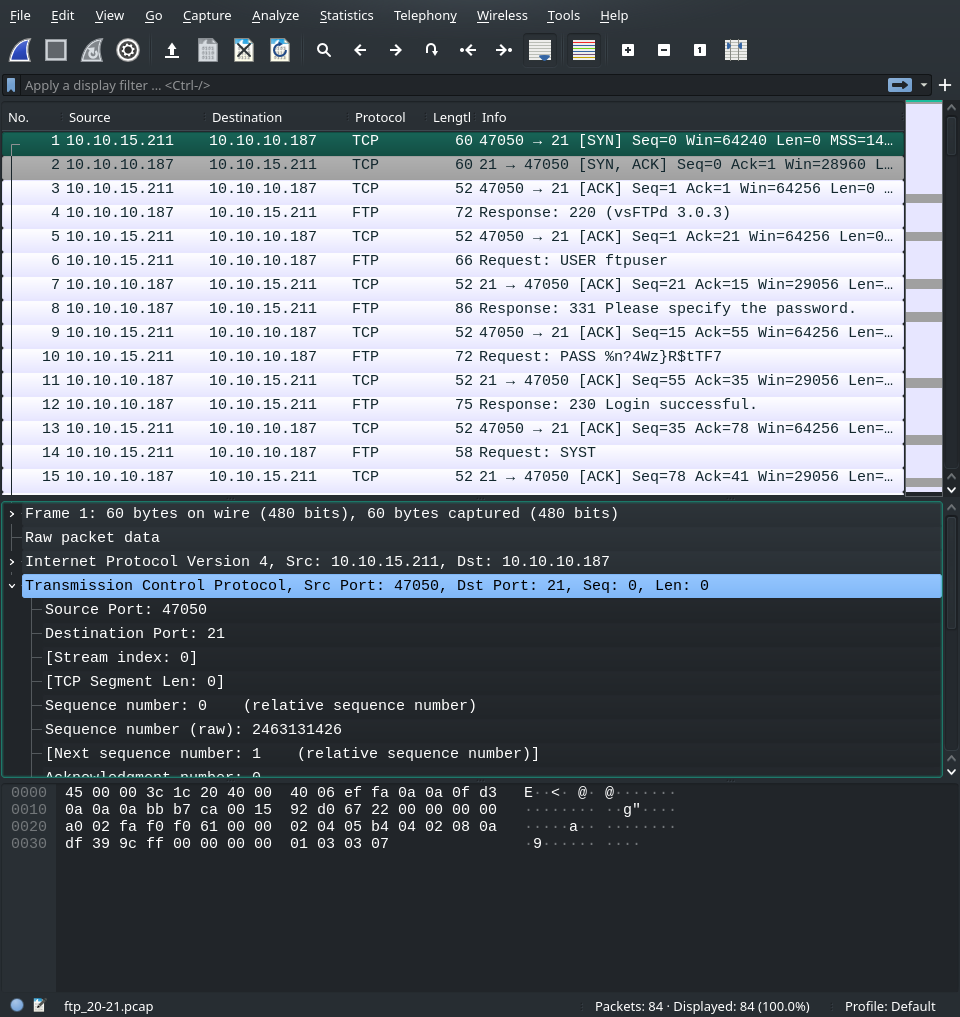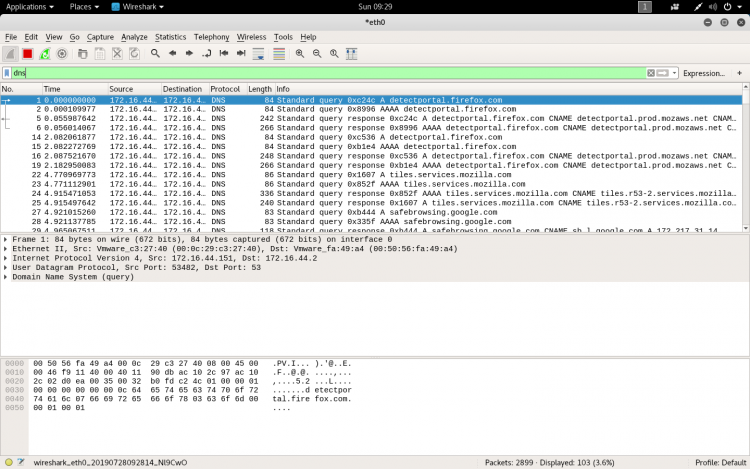


On wireless LANs, traffic can be captured on one channel at a time, or by using multiple adapters, on several channels simultaneously. A network tap is an even more reliable solution than to use a monitoring port since taps are less likely to drop packets during high traffic load. On modern networks, traffic can be captured using a network switch using port mirroring, which mirrors all packets that pass through designated ports of the switch to another port, if the switch supports port mirroring. On wired shared-medium networks, such as Ethernet, Token Ring, and FDDI, depending on the network structure ( hub or switch), it may be possible to capture all traffic on the network from a single machine. However, the terms are frequently used interchangeably. Protocol analyzer can technically be a broader, more general class that includes packet analyzers/sniffers.

While a packet analyzer can also be referred to as a network analyzer or protocol analyzer these terms can also have other meanings. As data streams flow across the network, the analyzer captures each packet and, if needed, decodes the packet's raw data, showing the values of various fields in the packet, and analyzes its content according to the appropriate RFC or other specifications.Ī packet analyzer used for intercepting traffic on wireless networks is known as a wireless analyzer or WiFi analyzer. Packet capture is the process of intercepting and logging traffic. Screenshot of Wireshark network protocol analyzerĪ packet analyzer, also known as packet sniffer, protocol analyzer, or network analyzer, is a computer program or computer hardware such as a packet capture appliance, that can intercept and log traffic that passes over a computer network or part of a network.


 0 kommentar(er)
0 kommentar(er)
